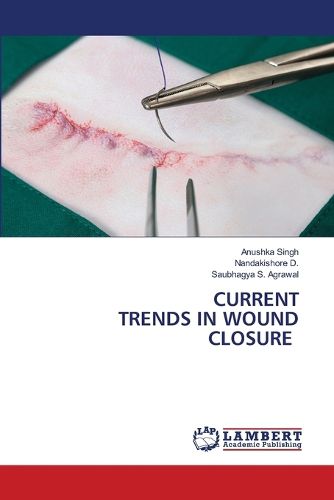Readings Newsletter
Become a Readings Member to make your shopping experience even easier.
Sign in or sign up for free!
You’re not far away from qualifying for FREE standard shipping within Australia
You’ve qualified for FREE standard shipping within Australia
The cart is loading…






Suture use for wound closure dates back to ancient Egypt, with early surgeons experimenting with materials like gold, silk, and animal intestines. By the 19th century, metal threads were tried but caused issues like breakage and infections, leading to the preference for silk. Modern sutures are sterilized using methods such as gamma radiation or ethylene oxide to ensure sterility. They are regulated by the USP and FDA for safety and quality. Sutures are classified by origin, absorbability, and structure. Absorbable sutures, like catgut and synthetic options such as polyglactin, are used for healing tissues, while non-absorbable sutures like silk and nylon are used for long-term closure. Surgical needles, typically stainless steel, come in various designs to minimize tissue trauma. Different suturing techniques, including interrupted and continuous, are chosen based on the wound type.
$9.00 standard shipping within Australia
FREE standard shipping within Australia for orders over $100.00
Express & International shipping calculated at checkout
Suture use for wound closure dates back to ancient Egypt, with early surgeons experimenting with materials like gold, silk, and animal intestines. By the 19th century, metal threads were tried but caused issues like breakage and infections, leading to the preference for silk. Modern sutures are sterilized using methods such as gamma radiation or ethylene oxide to ensure sterility. They are regulated by the USP and FDA for safety and quality. Sutures are classified by origin, absorbability, and structure. Absorbable sutures, like catgut and synthetic options such as polyglactin, are used for healing tissues, while non-absorbable sutures like silk and nylon are used for long-term closure. Surgical needles, typically stainless steel, come in various designs to minimize tissue trauma. Different suturing techniques, including interrupted and continuous, are chosen based on the wound type.